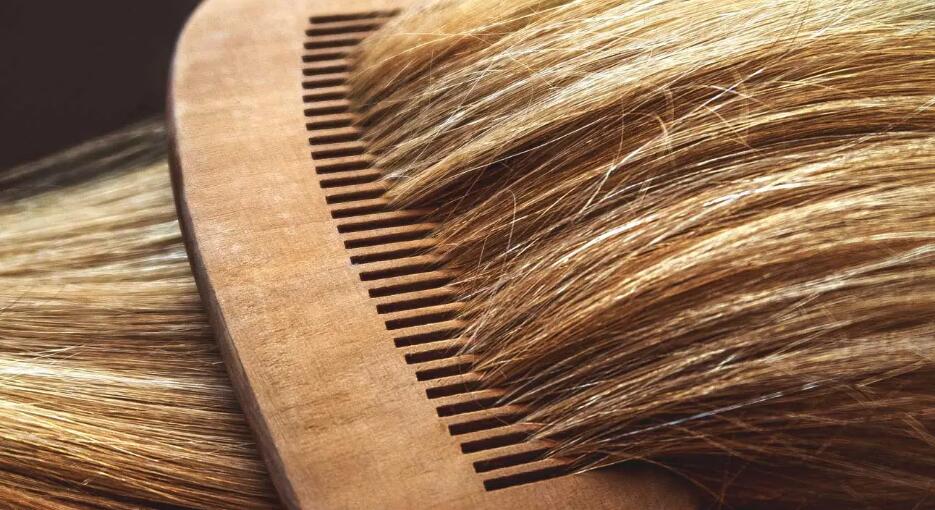Categories
- Blog (65)
Minoxidil is primarily available in 2% and 5% concentrations, but higher concentrations, such as 10%, have become available in some markets. While 10% minoxidil may seem appealing due to the potential for greater hair regrowth, its use comes with heightened risks and unclear benefits.
Potential for More Hair Growth: A higher concentration like 10% could, in theory, result in faster or more substantial hair regrowth, particularly for those who haven’t seen desired results with 5%. However, the clinical data supporting 10% minoxidil’s efficacy over 5% is limited.
No Significant Evidence for Superior Results: Most studies are for 2% and 5% minoxidil concentrations. There is little robust scientific evidence showing that 10% minoxidil is significantly more effective than 5%.
Plateau Effect: Hair follicles may only respond to a certain level of stimulation, meaning increasing the concentration beyond 5% may not yield proportional results.

Increased Scalp Irritation: Higher concentrations like 10% are more likely to cause adverse skin reactions, including increased itching, flaking, redness, or burning. This is a common complaint with even 5% minoxidil, so 10% can exacerbate these effects.
Excessive Hair Shedding: While initial shedding is normal with minoxidil as weaker hairs make way for new growth, higher concentrations can increase or prolong this shedding phase.
Systemic Absorption: The higher concentration means more minoxidil may be absorbed into the bloodstream, which can lead to systemic side effects, such as:
Dizziness or lightheadedness due to lowered blood pressure.
Rapid heart rate (tachycardia).
Chest pain** or shortness of breath.
Swelling in the hands, feet, or face.
Headaches.
Increased Risk of Unwanted Hair Growth: Similar to 5% minoxidil, but more pronounced. Unintended hair growth can occur on the face or other areas where the minoxidil may accidentally come into contact. Women, in particular, may find this problematic.
Overuse Concerns: The temptation to use higher concentrations in hopes of faster results may lead to overuse or improper application, further increasing the risk of side effects.
Last Resort for Stubborn Hair Loss: Some people who haven’t had success with the 5% solution might consider trying 10%. However, this should be done with caution and preferably under medical supervision.
Not Recommended as First-Line Treatment: For most people, starting with 10% isn’t advisable, especially given the lack of evidence that it’s substantially better than 5%. If 5% isn’t effective after several months, it’s important to consult a healthcare provider before moving to a higher concentration.
5% Minoxidil Foam: This is often a prefer choice for people who have scalp irritation from liquid solutions, especially in women. The foam formulation tends to be gentler on the skin.
Combination Therapies: If 5% minoxidil alone isn’t effective, combining it with other treatments, such as finasteride (for men) or low-level laser therapy (LLLT), may offer better results without increasing minoxidil concentration.
Using 10% minoxidil comes with higher risks, particularly regarding side effects like skin irritation and systemic issues, with little guarantee of significantly better results compared to 5%. For most users, 5% offers the best balance of efficacy and safety. Only those who haven’t responded to 5% after consistent use may consider trying 10%, and even then, it’s advisable to do so with medical guidance.